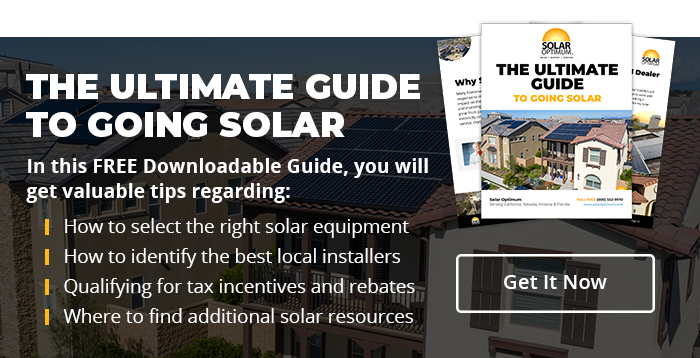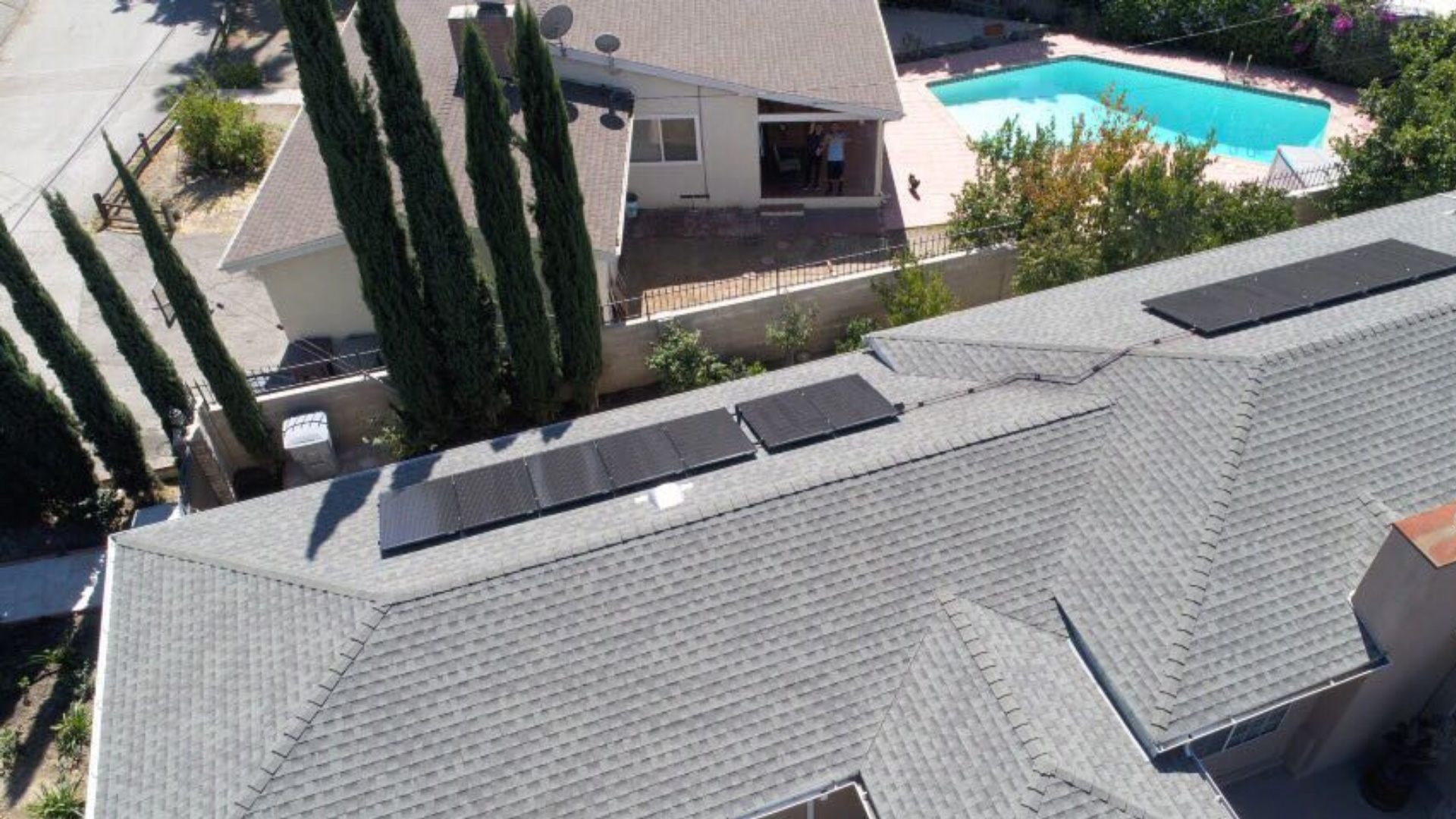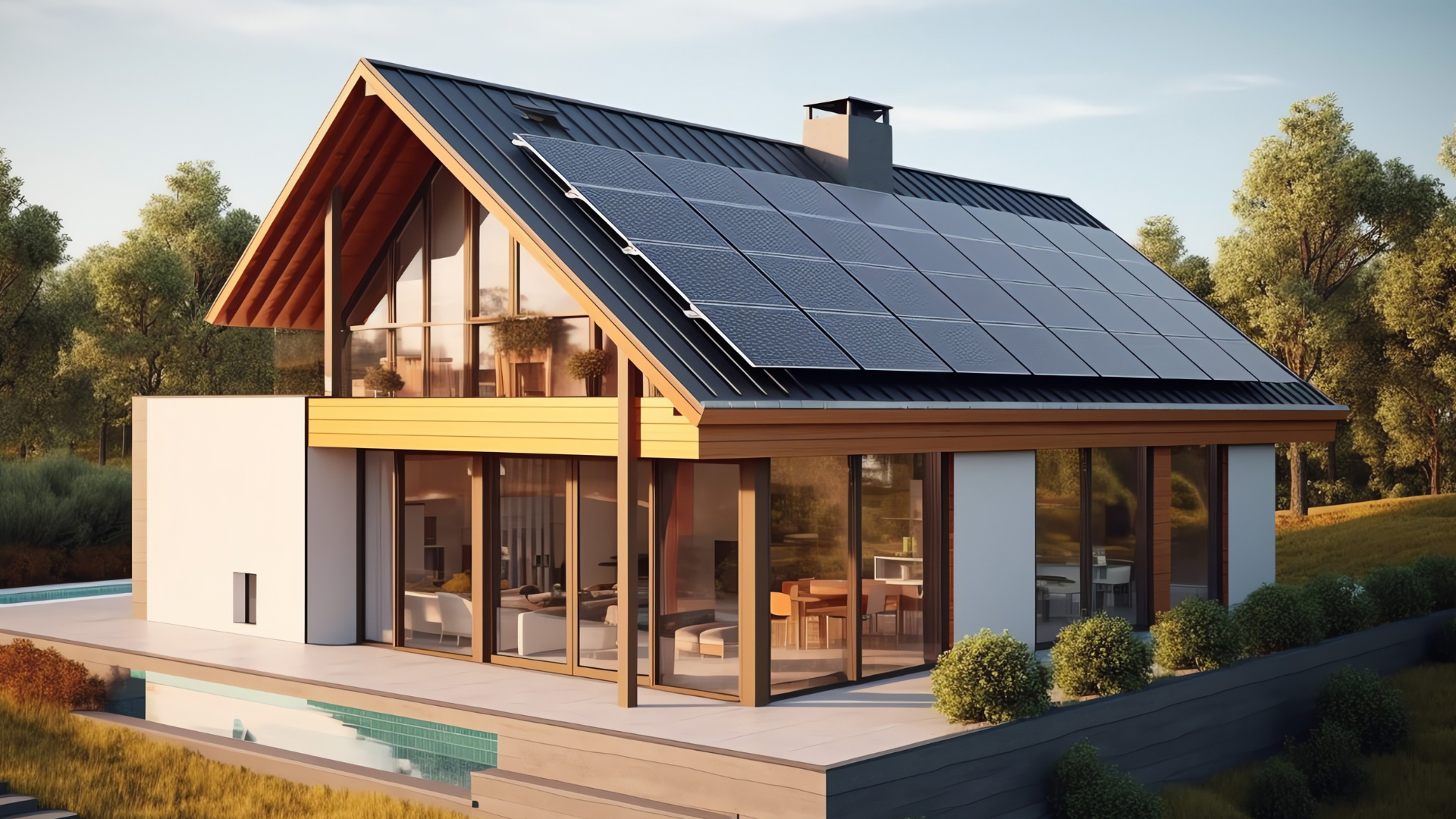Solar power is a popular energy source in Nevada. One of the most sunny states in the nation, it ranks 6th in solar electricity generation. With nearly 700,000 homes taking advantage of clean and inexpensive electricity generated from solar, net metering is a critical part of Nevada’s energy regulation and public policy.
Here are three things to know about net metering in Nevada.
1. What is net metering?
Net metering refers to the policy rule in Nevada that governs the production and usage of solar and wind energy in private homes in the state. This rule outlines the rates at which the state government will buy the energy generated by private renewable energy systems. Homeowners can create renewable energy at any time and sell the surplus to the state electrical grid at a specified rate.
2. How does net metering work for Nevada residents?
Net metering policy generates utility bills based on customers’ net electricity usage. Private citizens create electricity from their home solar panels to power their homes and send the surplus to the electrical grid. The amount sent to the grid is compared to the home’s monthly energy usage to determine net energy usage.
Individuals are given credits for every kilowatt they remit to the grid. Utility meters keep track of credits to determine the net energy used. Valued slightly lower than the rates Nevada citizens pay for electricity, these credits can offset the cost of electricity drawn from the grid during times when solar panels might not produce enough energy.
Net metering can significantly cut monthly energy costs while helping homeowners to reduce greenhouse gas emissions and become less reliant on the traditional energy grid.
3. What are the energy rates and pricing for net metering in Nevada?
In Nevada, residents receive 75% credit for all the electricity they send to the grid that exceeds personal grid usage. Customers have the option of participating in a standard rate schedule or a Time of Use (TOU) rate schedule.
The standard rate schedule bills for energy use at a fixed rate. With the TOU rate, the cost of electricity depends on the time of day when electricity is consumed. In other words, more may be charged during the time of day when electricity usage is high as the energy company spends more due to the increased use of energy from all customers in a service area. “Peak” and “off-peak” hours differ from one utility or region to another. In the state of Nevada, TOU rates differ in the northern and southern parts of the state because of the difference in cost and energy demand.
Get the Best Solar Panels in Nevada from Solar Optimum Roofing
Solar Optimum is an industry leader in solar panel installation. We provide our clients with premium, unrivaled value in the effort to build a better future for us all. Controlling the entire process from assessment to installation, our goal is to increase efficiency and reduce your costs.
Contact us today to get started with solar.






